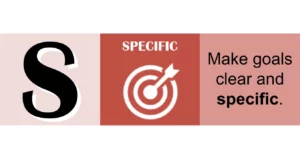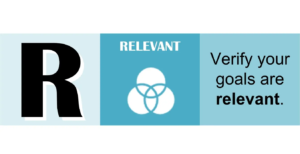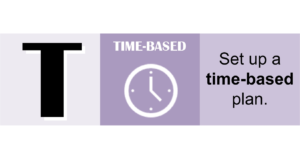Understanding Behavior Patterns
Understanding behavior patterns is the first step towards making positive changes in your life. It involves recognizing and analyzing your current behaviors and habits. By understanding the underlying patterns, you can identify the triggers and motivations behind your actions.
One way to understand behavior patterns is to keep a journal or log of your daily activities. This can help you identify recurring behaviors and patterns that may be impacting your thoughts and actions.
Another effective method is to reflect on past experiences and analyze how different situations and environments have influenced your behavior. This self-reflection can provide valuable insights into your behavior patterns.
By gaining a deeper understanding of your behavior patterns, you can begin to make conscious changes and replace negative habits with positive ones.
Identifying Trigger Points
Identifying trigger points is crucial for behavior change. Trigger points are the specific situations, events, or emotions that lead to certain behaviors or thoughts.
To identify trigger points, pay close attention to your thoughts, feelings, and actions in different situations. Notice any patterns or commonalities that emerge. It can be helpful to ask yourself questions like, ‘What usually triggers this behavior?’ or ‘How do I feel before engaging in this behavior?’
Once you’ve identified your trigger points, you can develop strategies to avoid or cope with them. This may involve removing yourself from triggering situations, finding healthier ways to deal with difficult emotions, or seeking support from others.
By identifying trigger points and developing strategies to address them, you can gain more control over your behaviors and thoughts.
Setting SMART Goals
Setting SMART goals is an effective way to change your behavior and thoughts. SMART stands for Specific, Measurable, Achievable, Relevant, and Time-bound.
 When setting goals, make sure they are specific and clearly defined. For example, instead of saying ‘I want to exercise more,’ set a goal like ‘I will exercise for 30 minutes, three times a week.’
When setting goals, make sure they are specific and clearly defined. For example, instead of saying ‘I want to exercise more,’ set a goal like ‘I will exercise for 30 minutes, three times a week.’
 Ensure that your goals are measurable, so you can track your progress and stay motivated.
Ensure that your goals are measurable, so you can track your progress and stay motivated.

Break your goals down into smaller, manageable steps to make them more achievable.

Relevance is important when setting goals. Make sure your goals align with your values and priorities. Ask yourself why you want to achieve this goal and how it will contribute to your overall well-being.

Lastly, set a timeframe for achieving your goals. This adds a sense of urgency and helps you stay focused. Regularly review and adjust your goals as needed.
By setting SMART goals, you can create a roadmap for behavior change and stay motivated throughout the process.
Implementing Positive Reinforcement
Implementing positive reinforcement is a powerful strategy for behavior change. Positive reinforcement involves rewarding yourself for desired behaviors or thoughts, which increases the likelihood of them occurring again.
To implement positive reinforcement, start by identifying the behaviors or thoughts you want to change. Then, determine appropriate rewards that align with your values and preferences.
For example, if you want to develop a habit of daily exercise, you could reward yourself with a relaxing bath or a favorite TV show after completing your workout.
It’s important to choose rewards that are meaningful to you and that you can easily access. Celebrate your successes and acknowledge your progress along the way.
By implementing positive reinforcement, you can create a positive feedback loop that motivates you to continue making positive changes.
Seeking Professional Help
Seeking professional help can be beneficial when trying to change your behavior and thoughts. A trained therapist or counselor can provide guidance, support, and tools to help you navigate the process of behavior change.
A professional can help you gain insight into your behavior patterns, identify underlying issues, and develop personalized strategies for change.
They can also provide a safe and non-judgmental space for you to explore your thoughts and emotions. Through therapy or counseling, you can learn new coping skills, gain self-awareness, and build resilience.
If you’re struggling to make progress on your own or feel overwhelmed by your behavior and thoughts, seeking professional help can be a valuable step toward positive change.
